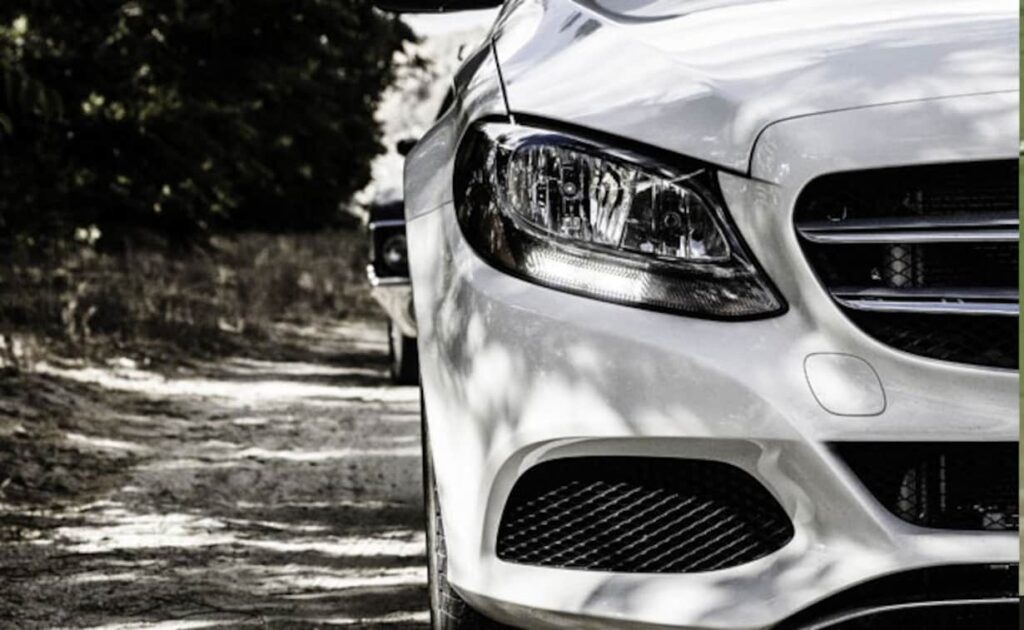The Ministry of Road Transport in India has recently finalized a policy to introduce its own star rating system for car safety, known as BNCAP. This new system is expected to be implemented from October 1. It aims to provide consumers with a standardized and reliable way to assess the safety features and performance of vehicles. The BNCAP rating will help car buyers make informed decisions by considering the safety aspects of different car models available in the Indian market.
Here are five points on BNCAP:
- According to a government release from last year, the Bharat New Car Assessment Programme (BNCAP) in India will serve as the platform for hosting star ratings and test results for car safety. Under this proposed assessment, vehicles will be allocated star ratings ranging from 1 to 5 stars. This rating system will provide consumers with a clear understanding of the safety levels of different car models, enabling them to make informed decisions when purchasing a vehicle. The BNCAP website will serve as a comprehensive resource for accessing these ratings and test results.

- As per the finalized policy, the star ratings for car safety under the Bharat New Car Assessment Programme (BNCAP) in India will be voluntary. Original Equipment Manufacturers (OEMs) will have the option to offer samples of their vehicles for testing, or the BNCAP authority can pick up vehicles directly from showrooms for assessment. This approach allows manufacturers to participate voluntarily and contribute to the safety ratings, while also ensuring that a wide range of car models are included in the evaluation process. By making the rating system voluntary, it encourages greater transparency and accountability within the automotive industry regarding vehicle safety standards.
- According to the government release, the BNCAP rating system in India will be based on several parameters to evaluate car safety. These parameters include:
- Structural safety of the car: This refers to the overall integrity and strength of the vehicle’s structure, including the body and frame, to withstand and absorb impact forces during collisions.
- Safety of adult occupants of the car: This parameter assesses the effectiveness of safety features and systems in protecting adult occupants, such as seatbelts, airbags, and overall crashworthiness.
- Safety of child occupants of the car: This parameter focuses on the availability and effectiveness of child safety features, such as child restraint systems and proper installation methods.
- Assessment of the car for pedestrian-friendly design: This parameter evaluates the design aspects of the vehicle that contribute to minimizing injuries to pedestrians in the event of a collision, such as the front-end design and energy-absorbing structures.
- Provision of active and passive safety assist technologies: This parameter considers the presence and effectiveness of additional safety technologies, both active (e.g., electronic stability control, autonomous emergency braking) and passive (e.g., lane-keeping assist, blind-spot detection), that can help prevent or mitigate accidents.
- According to news agency PTI, the application of the BNCAP rating system in India will be limited to type-approved motor vehicles of category M1. Category M1 includes motor vehicles used for the carriage of passengers and consists of vehicles with a seating capacity of up to eight seats, in addition to the driver’s seat. The vehicles covered under the BNCAP rating system are those with a gross vehicle weight less than 3.5 tonnes. This means that the rating system will be applicable to passenger cars, SUVs, and other similar vehicles that fall within these specified parameters and are either manufactured or imported into the country.
- According to the report, the testing protocol of Bharat NCAP (BNCAP) in India will be aligned with global crash-test protocols. This alignment means that the testing procedures and standards followed by BNCAP will be consistent with internationally recognized crash-test protocols. However, the testing protocol will also take into account the existing Indian regulations and requirements specific to the Indian market. By combining global crash-test protocols with Indian regulations, the BNCAP aims to create a comprehensive and reliable testing framework that considers both international safety standards and the unique conditions and needs of the Indian automotive market.


